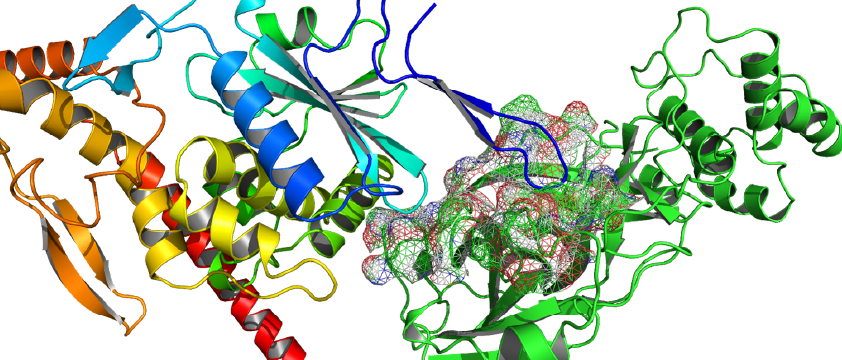A fossil skull dug up along a river in Harbin, China, raised multiple questions related to the human lineage as the skull was once part of a member of a Homo species. This much shocking discovery has made facts and findings that were long considered the most accurate to date to be reanalysed as this new species could now potentially replace the Neanderthals, Homo neanderthalensis, which is determined as our most recent ancestor. Nicknamed as the “Dragon Man“, the individual to whom this skull once belonged may very well be a member of a new Homo species.

Dubbed as Homo Longi, paleoanthropologists suggest that this particular individual to whom the skull belonged would have lived at least 146,000 years ago. Due to the period this individual supposedly walked Earth, they consider that his species emerged during the Stone Age. The shape of the skull, which probably had a large brain situated on top and a relatively short face with small cheekbones, resembles a very similar trait. It also showed that the species had a long yet relatively low braincase, thick brow ridges, large molars and almost square eye sockets. These traits, however, are more similar to older Homo species, such as the Neanderthals and the Denisovans. H. longi could be an intermediary link in the evolutionary path between Homo sapiens and the much older species.
It is well known that during the Mid-Pleistocene Epoch (770,000 to 126,000 years), many groups of the Homo Genus actively travelled within Africa, Asia and Europe. These travels often resulted in intermingling two different Homo species, which sometimes ended in the interbreeding of these species. However, many offspring produced during such circumstances barely survived; some lived long enough to pass their genes to consecutive generations. Members of H. longi may have interbred with early H. sapiens ancestors, also the descendants of the Neanderthals. Especially given surprising factors such as having traits similar to those of a much older species (the Neanderthals) and a much younger species (us humans), this interbreeding scenario is quite possibly true. Thus potentially negating the role of the closest relative from the Neanderthals.
An artist’s impression of what Dragon Man would have looked like (Ni et al., 2021). The close similarity of his facial morphology to that of a human suggests a close relationship our two species probably shared.An artist’s impression of what Dragon Man would have looked like (Ni et al., 2021). The close similarity of his facial morphology to that of a human suggests our two species probably shared a close relationship.[/caption]
The researchers estimated the species’ contribution to human evolution by comparing the skull with other Homo fossils from Africa, Asia and Europe. These comparisons indicated that H. longi once shared a common ancestor with H. sapiens roughly 949,000 years ago. This discovery was the surprising shock that waivered a once-proven fact that considered the Neanderthals as our closest relative. The common ancestor of both the Neanderthals and us, the H. sapiens, was long-dated to have lived just over 1 million years ago, and researchers think H. longi would be our closest possible relative due to it having a slightly closer evolutionary link to us than what the Neanderthals did.
However, not all researchers agree with these speculations. Despite many factors that lead to H. longi being our potential closest relative, many still think the title should belong to the Neanderthals. The researchers that oppose the idea of H. longi being our closest relative say that the reason this newly found “species” carries similar traits to both the Neanderthals and the humans is due to the interbreeding of different Homo groups. However, they do not believe such unions resulted in an entirely new species.
Other than Neanderthals and Denisovans, other homo species thrived in our surrounding regions, such as H. erectus in Java, Indonesia, H. floresiensis in Flores and H. luzonensis in Luzon Island. This variety could have led to the formation of many populations due to the greater admixture in the gene pool. One of the major factors of speciation is isolation, as a group of interbreeding organisms have the time and space to exchange genetic information without interfering with closely related groups. Over time, the gradual accumulation of small genetic changes exclusive to the subpopulation makes them a new species. Though Dragon Man and his brethren had similar genetic differences, they possibly never had any isolation long enough to form a new species. So, the declaration of the Dragon Man’s species as our closest ancestors or them being a new species may take much longer and possibly never happen.
Arrivin Mutiran is a Biotechnology undergraduate from the International University of Malaya-Wales. With an ardent passion for conservation and sustainability, he found his calling for science communication during his internship with The Petri Dish.





